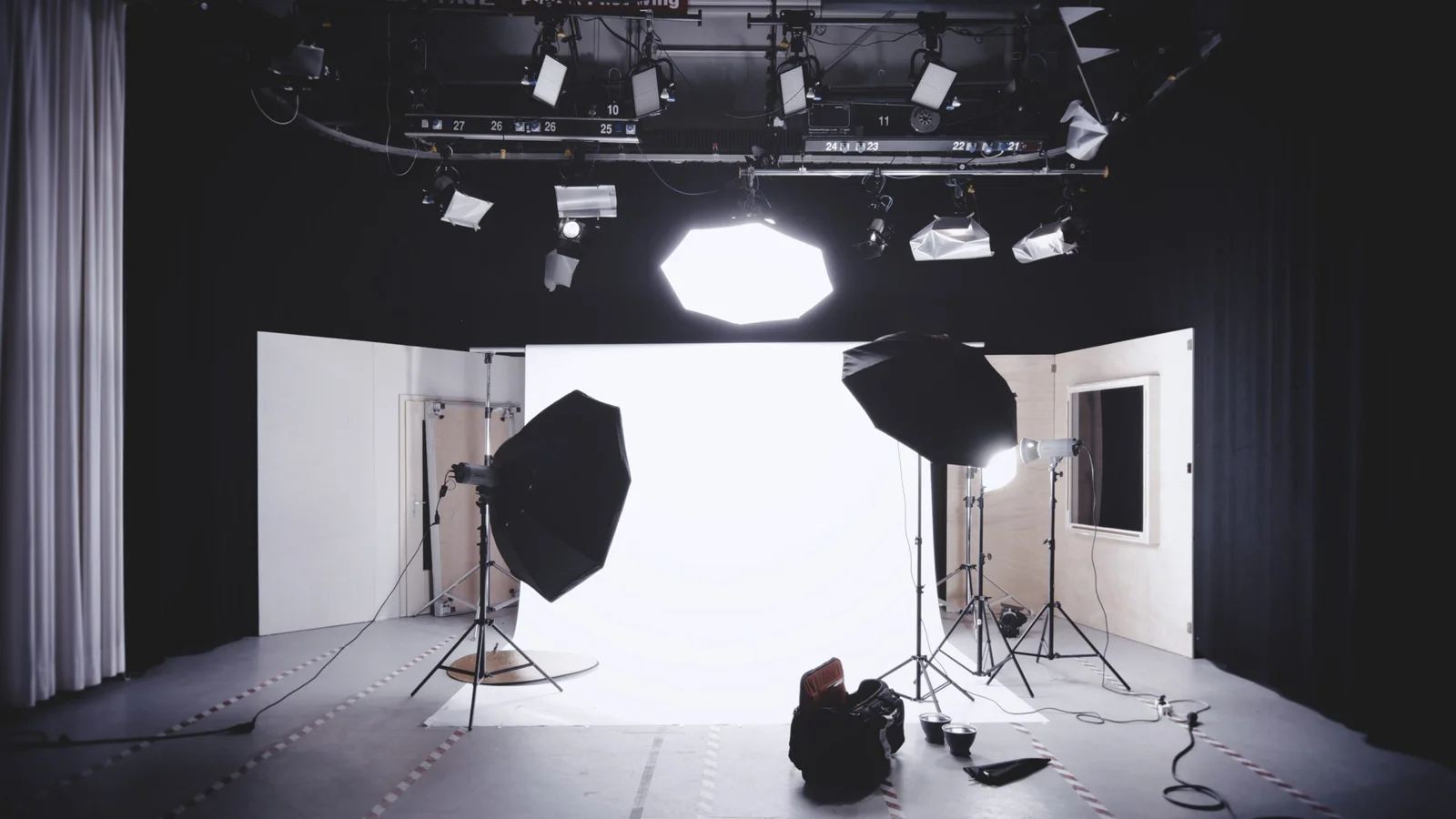
Introduction
Photography is an art form that allows us to capture moments and freeze them in time. To create stunning images, it is essential to understand the technical aspects of photography, such as shutter speed. In this article, we will delve into the concept of shutter speed and its significance in photography.
What is Shutter Speed?
Shutter speed refers to the length of time that the camera’s shutter remains open, allowing light to enter and hit the camera sensor. It determines the exposure time of the image and plays a crucial role in capturing motion and controlling the amount of light in a photograph.
How Shutter Speed Works
Shutter speed is measured in seconds or fractions of a second. A fast shutter speed, such as 1/1000th of a second, allows for a shorter exposure time, resulting in a freeze-frame effect that captures fast-moving subjects with sharpness and clarity. On the other hand, a slow shutter speed, like 1/30th of a second, allows for a longer exposure time, resulting in motion blur and a sense of movement in the image.
Understanding the relationship between shutter speed and motion is crucial in photography. When photographing a moving subject, a fast shutter speed will freeze the action, while a slow shutter speed will create a sense of motion blur. Experimenting with different shutter speeds can lead to creative and unique images.
Applications of Shutter Speed
Shutter speed has various applications in photography, allowing photographers to capture different effects and moods in their images. Let’s explore some common scenarios:
Freezing Action
When photographing sports events, wildlife, or any fast-moving subjects, using a fast shutter speed is essential. It ensures that the subject is captured sharply without any motion blur. A shutter speed of 1/1000th of a second or faster is typically recommended for freezing action.
Creating Motion Blur
On the other hand, intentionally using a slow shutter speed can create captivating images with motion blur. This technique is often employed in situations where you want to convey a sense of movement, such as capturing the flow of water in a waterfall or the streaks of car lights on a busy street. Experimenting with shutter speeds between 1/30th of a second and several seconds can produce stunning results.
Low Light Photography
In low light situations, such as during sunset or indoors with dim lighting, using a slow shutter speed can help capture more light and avoid underexposure. However, it is important to use a tripod or stabilize the camera to prevent camera shake, as slow shutter speeds can result in blurry images when hand-held.
Tips for Using Shutter Speed Effectively
Here are some tips to help you make the most of shutter speed in your photography:
1. Use a tripod:
When using slow shutter speeds, it is crucial to stabilize the camera to avoid camera shake and ensure sharp images.
2. Experiment with different speeds:
Try using different shutter speeds in various situations to understand the impact they have on your images. This experimentation will help you develop your own style and creative vision.
3. Consider the subject:
Think about the subject you are photographing and the effect you want to achieve. Adjust the shutter speed accordingly to freeze action or create motion blur.
4. Combine with other settings:
Shutter speed works in conjunction with other camera settings, such as aperture and ISO. Understanding how these settings interact will allow you to have full control over your photographs.
Conclusion
Mastering shutter speed is essential for any photographer looking to capture stunning images. Whether freezing action, creating motion blur, or capturing low light scenes, understanding how to manipulate shutter speed will open up a world of creative possibilities. So grab your camera, experiment, and let your creativity flow!